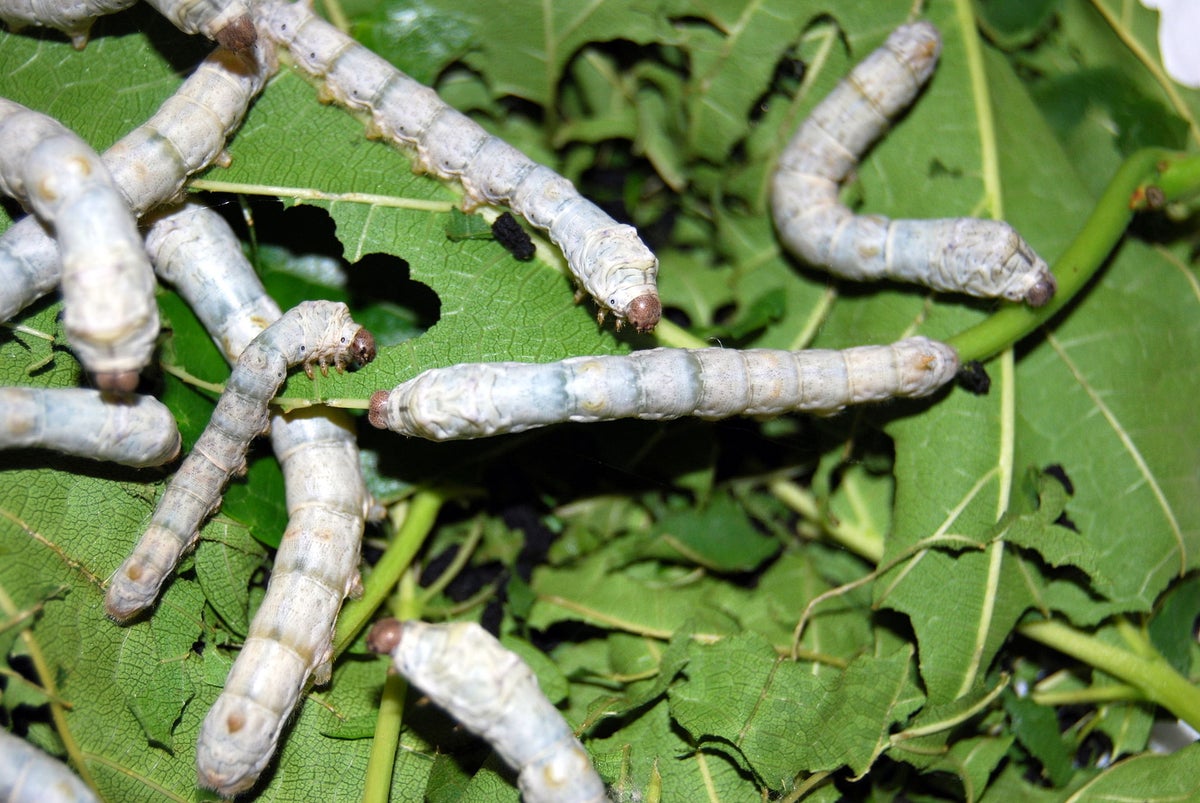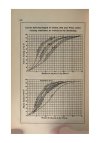It emerged that the domesticated mulberry silkmoth
Bombyx mori represents an outlier compared with other silkmoth taxa in terms of spectral properties.
...
The neighbouring peak at 1245 cm−1 is commonly assigned to random coil secondary structures (
Cai and Singh, 2004;
Shao et al., 2005;
Taddei and Monti, 2005;
Yoshimizu and Asakura, 1990), and is strongest in the non-wild silks of
B. mori and
N. edulis.
...
Calcium oxalate mineral crystals
Calcium oxalate, also called raphide, forms highly toxic needle-like crystals, which can tear soft tissues and are thought to represent a plant defence mechanism (
Arnott and Webb, 2000). Because no known metabolic pathways process calcium oxalate in silkworms, we assume that calcium oxalate presence in the cocoon is a result of the ingestion of leaves containing the compound and resultant excretion by the silkworm. While this may be the case for wild silkworms, it appears that artificial selection has changed the behaviour of the
B. mori silkworm to prevent this excretion into the cocoon.
...
The presence of calcium oxalate in the cocoon is known to complicate the industrial reeling as it prevents the extraction of long lengths of fibre (
Gheysens et al., 2011). Calcium oxalate is notoriously toxic to humans and responsible for kidney stone formation (
Evan et al., 2007). The commonplace edetic acid (EDTA) treatment for dissolving kidney stones was found to be equally effective at demineralizing wild silk cocoons containing calcium oxalate crystals and enabling industrial processing (
Gheysens et al., 2011). Thus, the ability to detect and quantify the amount of calcium oxalate present in a cocoon prior to processing may have industrial advantages in minimizing reagent use or in selecting low mineral content cocoons in the first place.
...
The amount of sericin present in a cocoon can be inferred from the absorption bands between 1384 and 1403 cm−1 associated with the amino acid serine, which is present in high quantities in sericin but not in fibroin (
Teramoto and Miyazawa, 2003).
Fig. 3E suggests that
Bombyx genus silks have the most sericin along with
Actias,
Antheraea,
Saturnia and
Samia genera silks.



